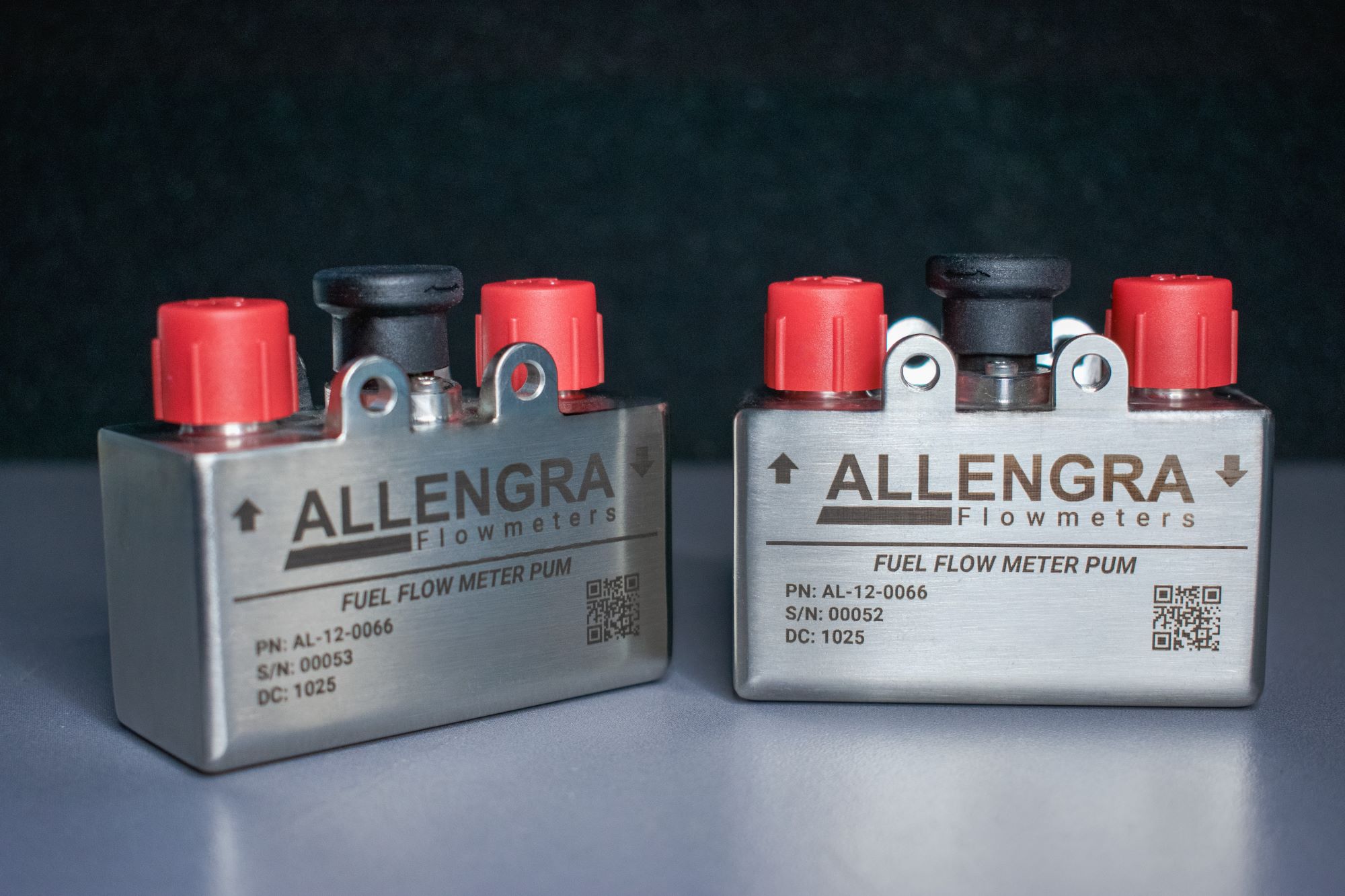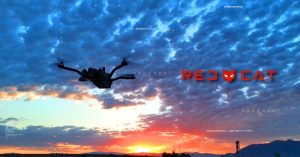Allengra Unveils New Fuel Flow Sensors for Drones
German technology innovator Allengra has introduced two sophisticated fuel flow sensors tailored for UAVs: the Micro Flow Sensor (2nd Gen) and the PUM Fuel Flow Meter. These innovations target the UAV sector’s constant demand for precise, real-time fuel measurement to ensure flight safety, enhance range, and boost efficiency.
Importance of UAV Fuel Flow Sensors
For drones powered by internal combustion or hybrid engines, fuel monitoring is as vital as battery monitoring. Accurate fuel tracking is essential for:
- Maximizing flight duration
- Avoiding unforeseen power failures
- Ensuring safe turn-back checkpoints for crucial missions
- Supporting diagnostics for performance and state of military and industrial drone fleets
Traditional fuel sensors often fall short, particularly at low or fluctuating fuel levels. With a promise of ±0.5% accuracy, Allengra’s ultrasonic flow meters set a new benchmark for reliability.
Allengra’s Advanced UAV Fuel Flow Sensors
1. Micro Flow Sensor (2nd Generation)
Features:
- Accuracy: ±0.5% of the measured value
- Flow Range: 0.3 to 30 l/min
- Size: Compact dimensions of 85 x 25 x 32 mm
- Outputs: Available in Modbus RTU, I²C, and optional analog formats
- Temperature Measurement: High-speed sensor integrated
- Durability: Resilient against vibrations, pulsating flows, and extreme temperatures
- Ideal For: Agricultural and research UAVs, water sampling, and smaller liquid transport drones
This sensor’s size and toughness make it particularly suitable for drones operating in agriculture and environmental sectors with extensive vibrations and changing flow rates.
2. PUM Fuel Flow Meter
Features:
- Primary Use: Specifically for monitoring diesel, kerosene, and aviation fuels
- Flow Range: 0.05 to 300 L/h with adjustable ranges
- Durability: Maintenance-free design with no moving parts
- Measurement Accuracy: ±0.5%
- Pressure Rating: Can handle up to 25 bar (362 psi) pressure
- Temperature Range: Operates from -40°C to +125°C
- Applications: Heavy UAV engine monitoring, mobile fuel platforms, autonomous vehicles
This meter is in demand within logistics, emergency response, and military projects for its robustness under challenging conditions.
The Ultrasonic Advantage with Allengra Sensors
Allengra’s sensors utilize ultrasonic transducers, which offer numerous benefits over traditional mechanical models:
- No moving parts lead to an extended product lifespan
- Exceptional resistance to vibration and acceleration, tested up to 20g
- Capability for real-time flow visualization and high-frequency scanning
- Seamless integration with onboard AI for diagnostics or predictive maintenance
Their design makes these sensors perfect for new UAVs and retrofitting older fleets to modernize fuel management systems.
Applications Beyond UAVs
Allengra’s technology proves beneficial in various sectors, including:
- Formula 1 and endurance racing
- ICE research and testing
- Hybrid vehicles and heavy-duty trucks
For UAVs, they highlight several key areas:
- Logistics: Heavy cargo delivery and transport
- Industrial Inspection: Utility and infrastructure assessments
- Emergency Services: Firefighting and disaster response
- Military and Defense: Surveillance and logistical support
Key Advantages of Allengra Sensors
These sensors provide UAV manufacturers with numerous perks:
- Enhancing mission safety with advance low fuel warnings
- Improving operational efficiency by optimizing routes and monitoring real-time engine data
- Lowering maintenance expenses thanks to their maintenance-free design
- Easy integration with existing telemetry systems
- Versatility for use with various fluids, enhancing dual UAV functionality
- Lightweight, minimizing impact on UAV payload
Industry Impact and Testimonials
Allengra’s sensors, appreciated for their quality, have been embraced by automotive engineers, researchers, and drone developers alike. They successfully functioned in sub-zero Arctic operations, proving essential in challenging environments.
A logistics operator remarked, “Switching to ultrasonic sensors not only improved accuracy but also instilled confidence for longer flights, even in adverse weather. We’ve avoided multiple crash landings thanks to timely fuel notifications.”
Expert Guidance for UAV Teams
- Plan Integration: Prepare early for seamless data integration with onboard avionics and telemetry systems.
- Check Specifications: Ensure compatibility with your UAV’s system requirements.
- Pursue Predictive Maintenance: Use live data to pre-emptively address fuel system issues.
- Be Regulatory Ready: Utilize certified sensors to meet evolving industry standards.
Looking Forward: The Future of Smarter Drones
The trend of integrating high-precision, maintenance-free flow sensors underlines the move towards smarter, more autonomous drones.
- Self-Diagnosis: Incorporating AI/ML for system checks
- Fleet Coordination: Using precise data for synchronized swarm operations
- Sustainability: Preparing for alternative fuels like hydrogen
Allengra pioneers reliability and innovation, leveraging their motorsport expertise to redefine UAV performance and autonomy.
Interested in integrating these sensors? Allengra provides custom support, offering tailored demos and data logs. Discover the future of UAV endurance and efficiency today.
For further details, technical information, or guidance, visit Allengra’s UAV sensor sections.













